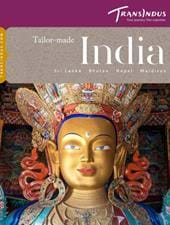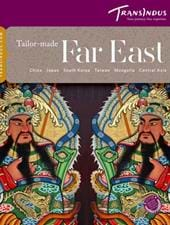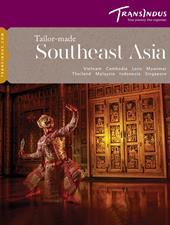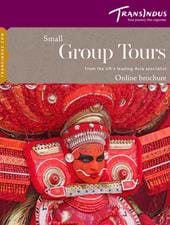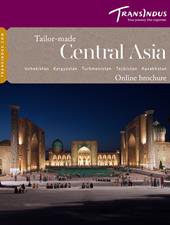Comprising over 800 buildings ranged around a series of vast paved courtyards, Beijing’s Gugong, or ‘Imperial Palace’, formed the nerve centre of the Ming and Qing empires. For the five centuries during which it was in use, this magnificent complex lay off-limits to ordinary citizens, whence its nickname, ‘the Forbidden City’. Today, the palace gates are open to all and the thousands of royal chambers within host a splendid museum.
Approach from the south via Tiananmen Square, then cross the wide moat to enter the Wumen (‘Meridian’) Gate, where Chairman Mao first proclaimed the creation of the Chinese Communist Party in 1949. Inside, the palace’s many chambers and walkways hold displays of priceless ceramics, calligraphy, weapons, ceremonial robes and paintings.
At the core of the palace lie the three Great Halls, where the emperors used to preside over important state occasions and inspect their troops, flanked by guards of Burmese elephants. Crowds of up to 100,000 subjects used to gather in the mighty courtyards before them, kowtowing nine times when their ruler took his place on the ornate Dragon Throne. Beyond the walls to the north, the rockeries, pavilions and cypress trees of the Imperial Gardens provide a serene counterpoint to the vast structures and open spaces of the palace proper.

